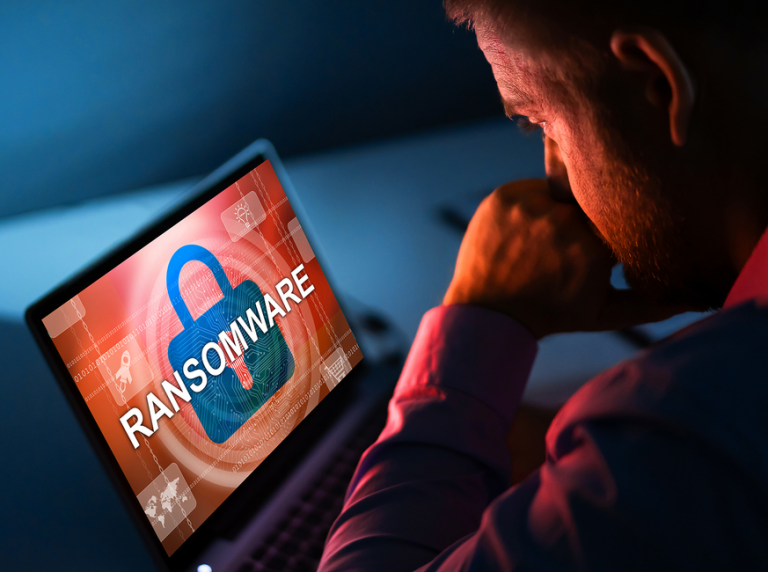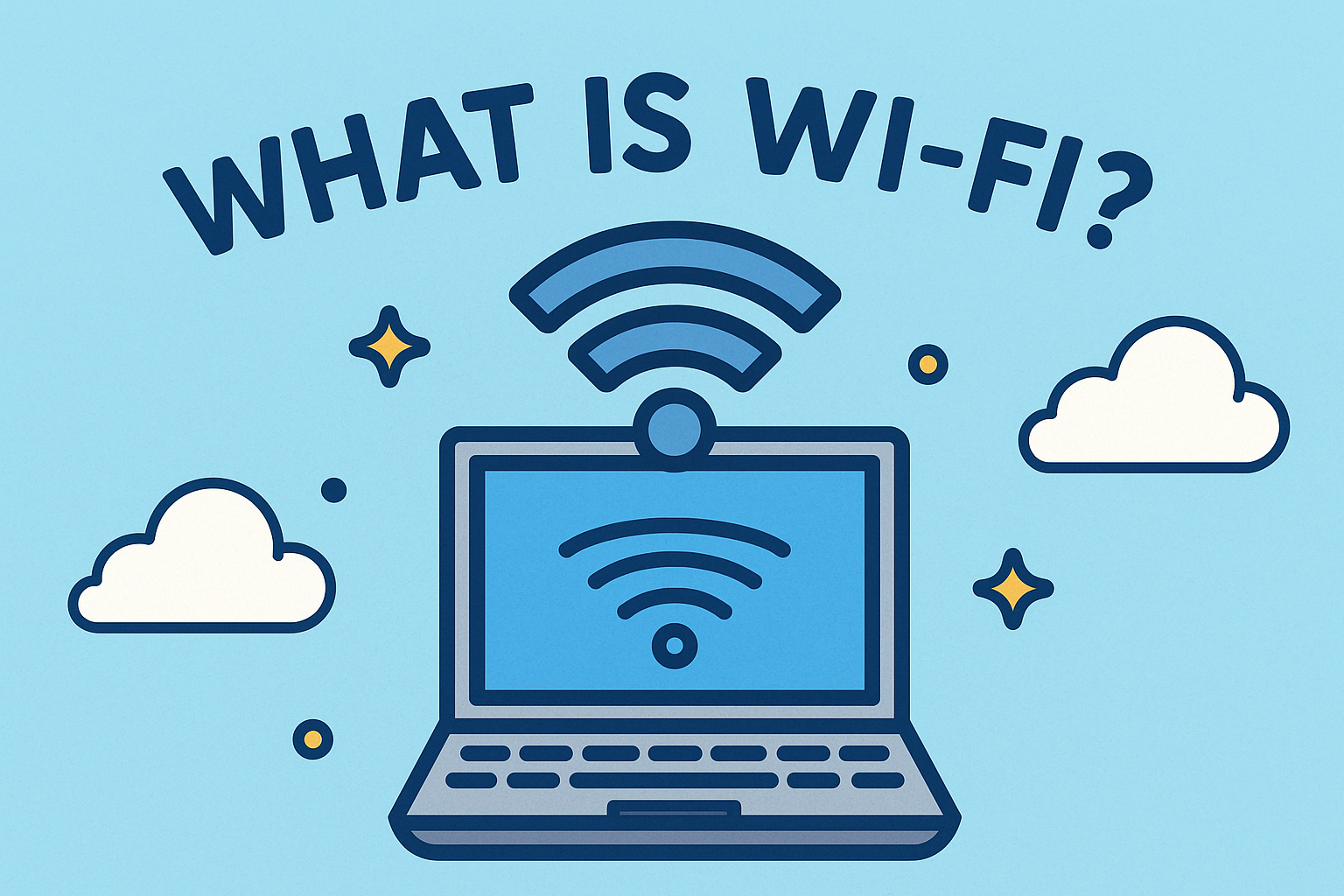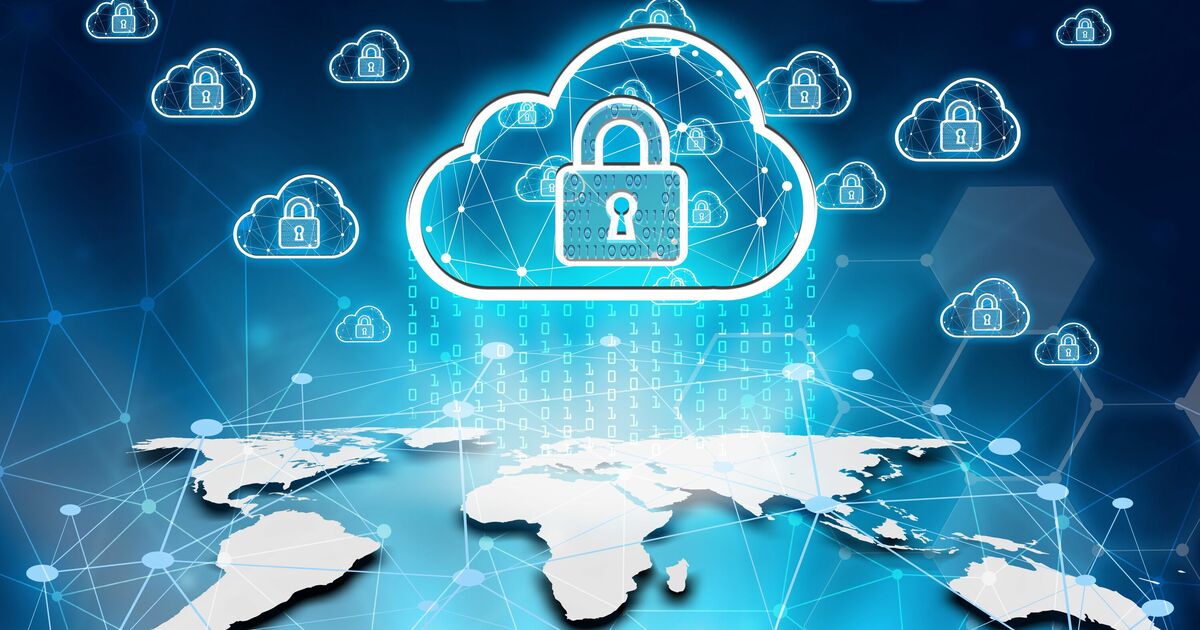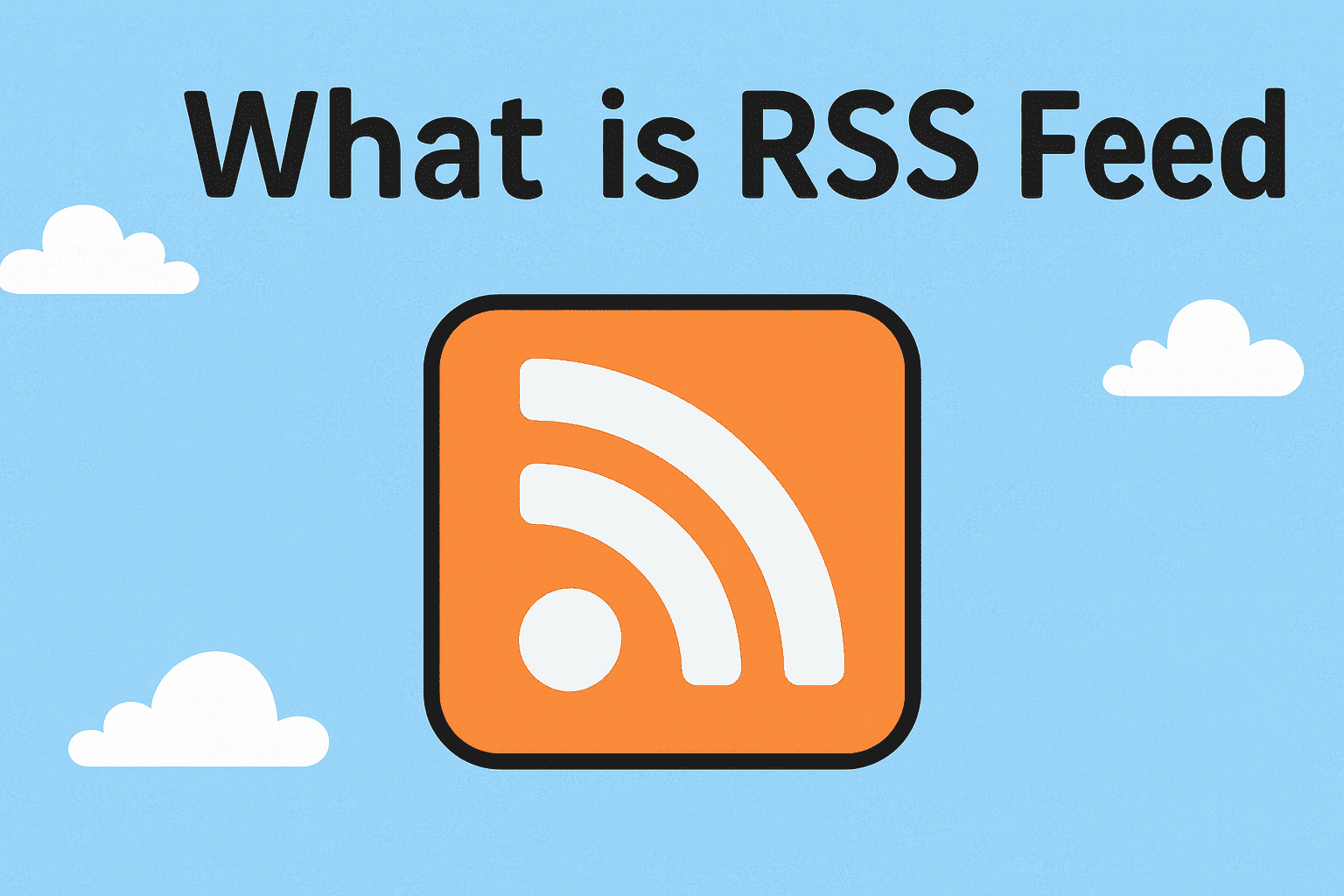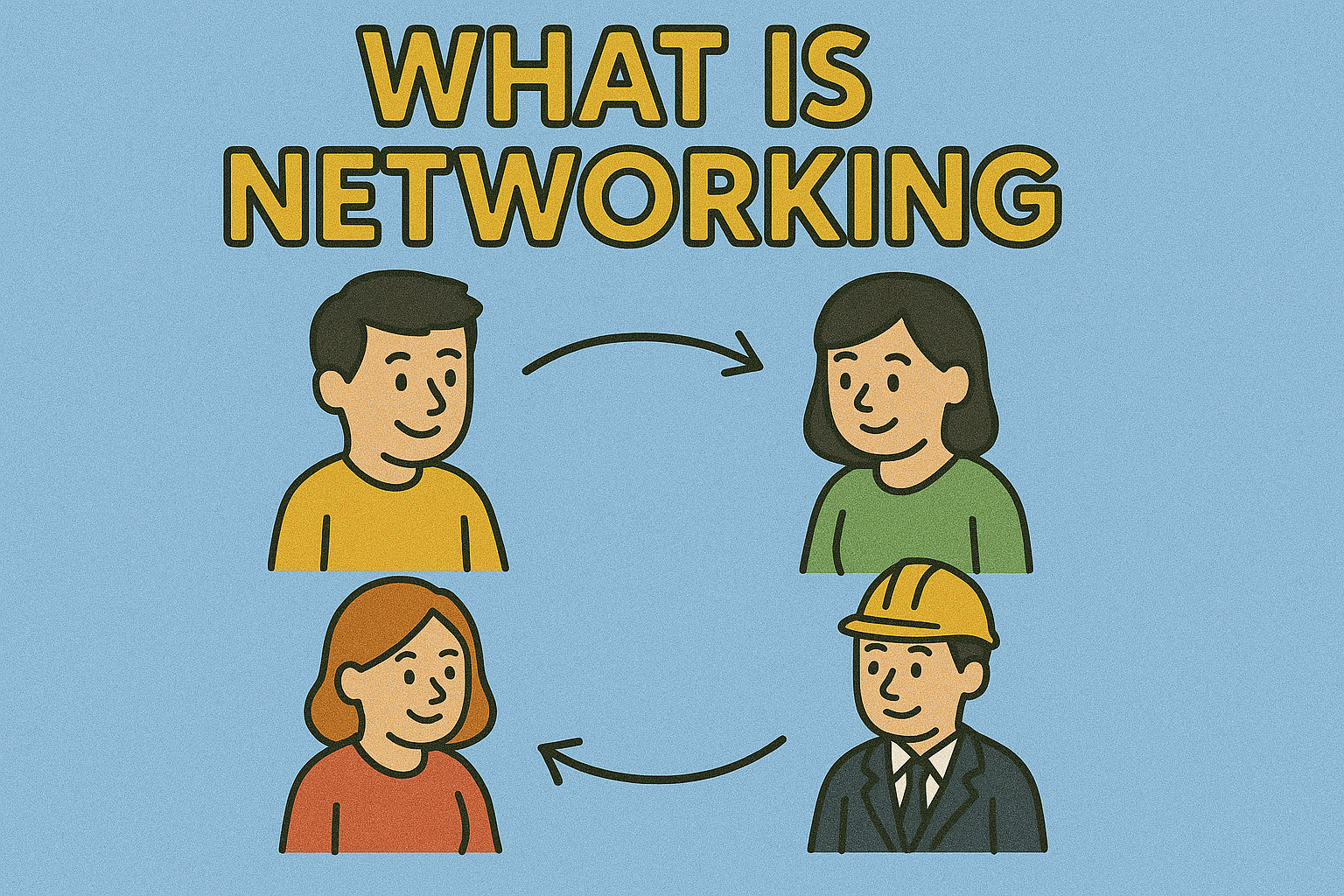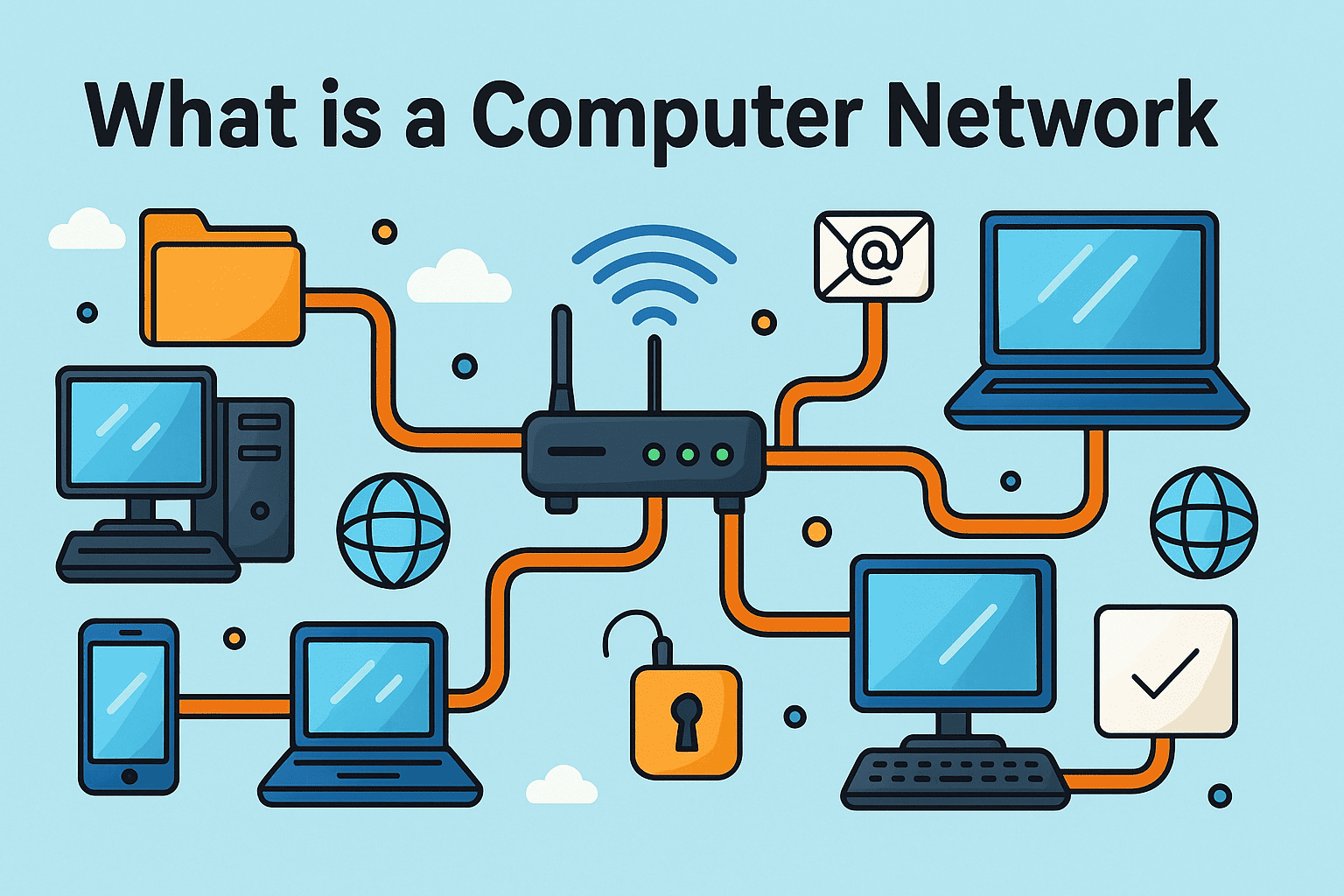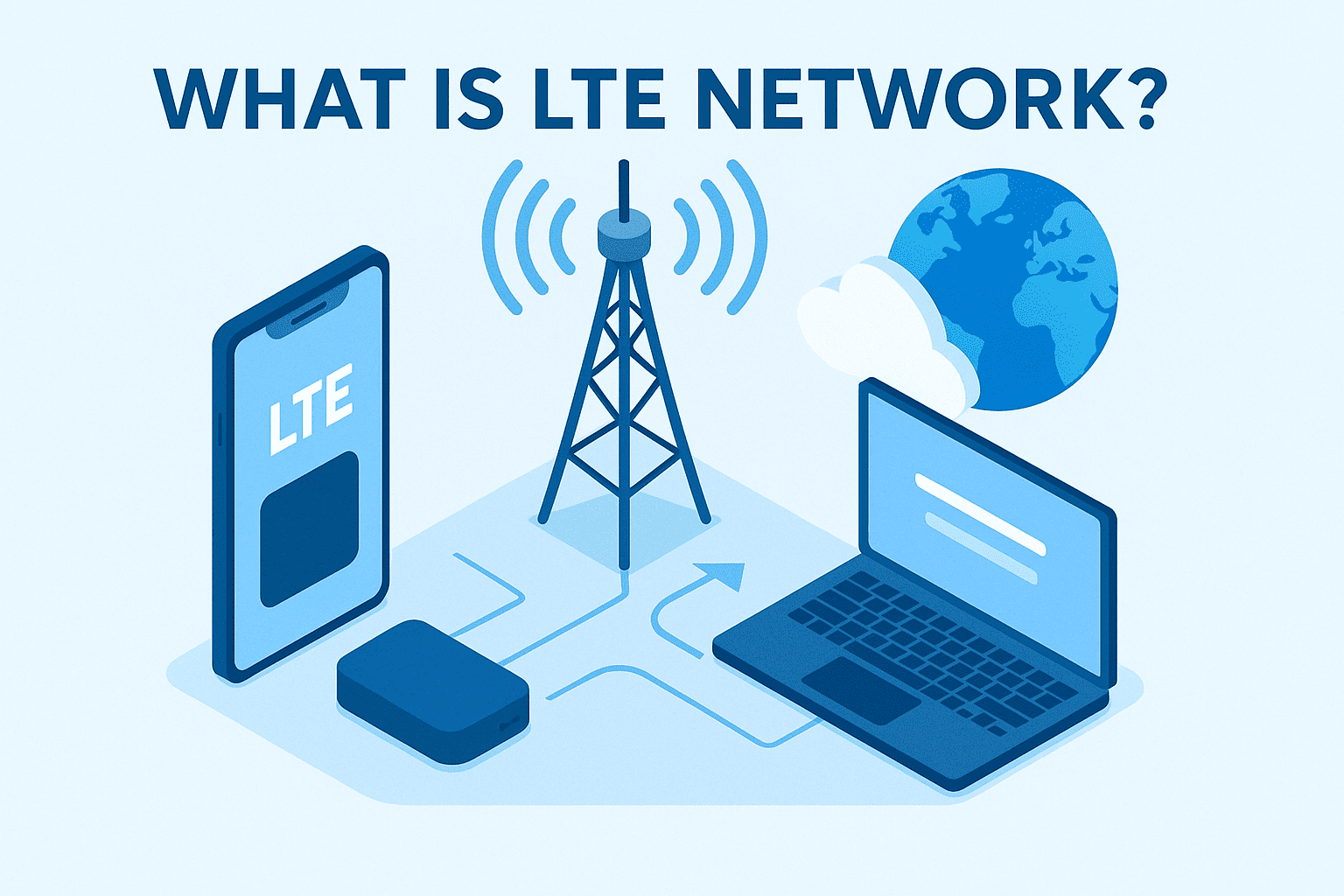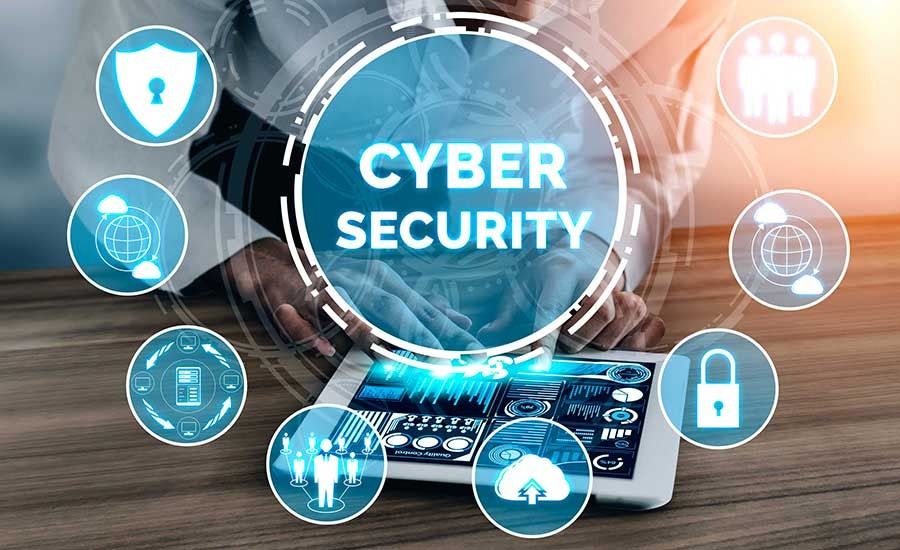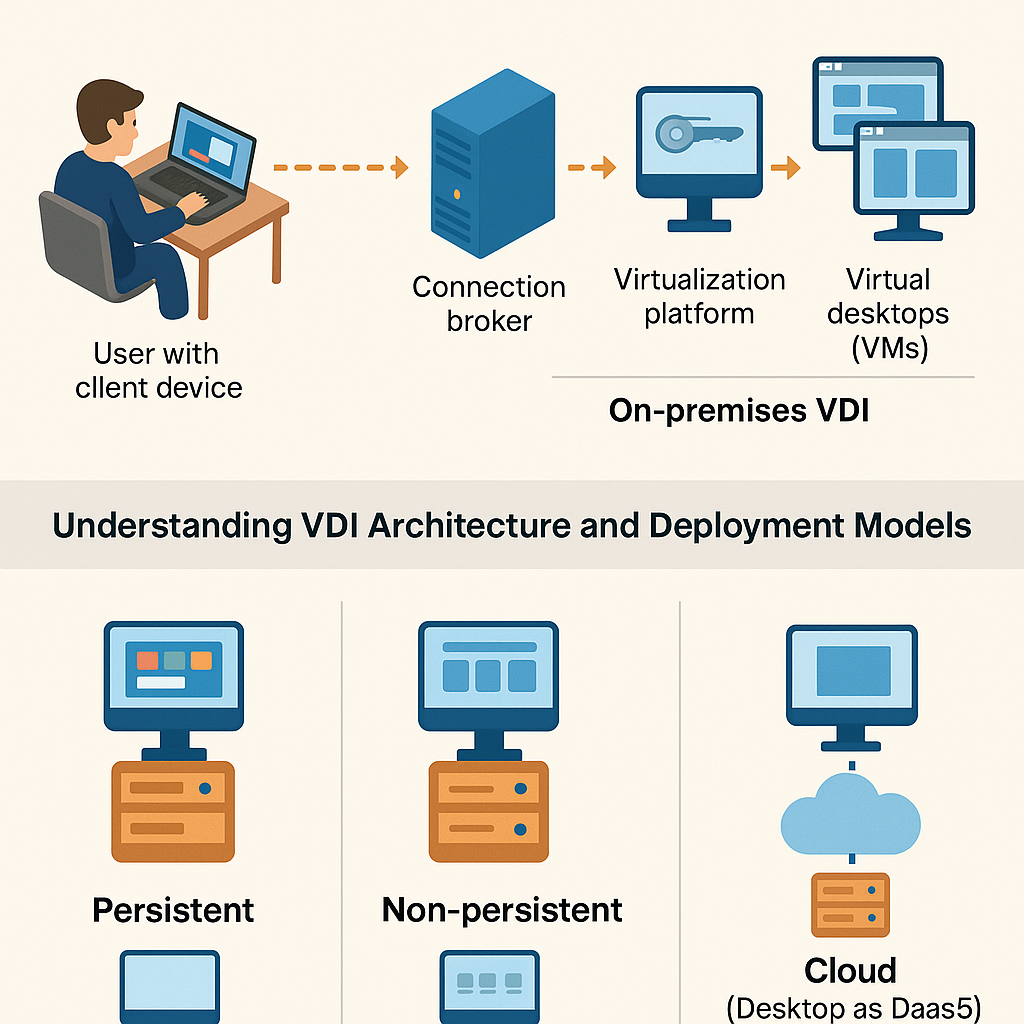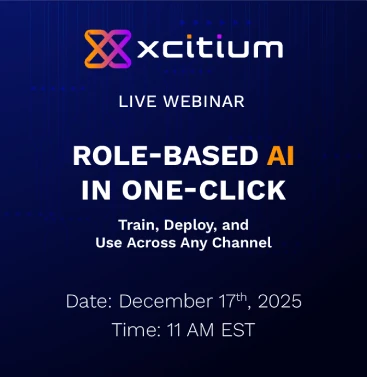What Is TPM 2.0? The Complete Guide for Security Leaders
Updated on October 8, 2025, by Xcitium
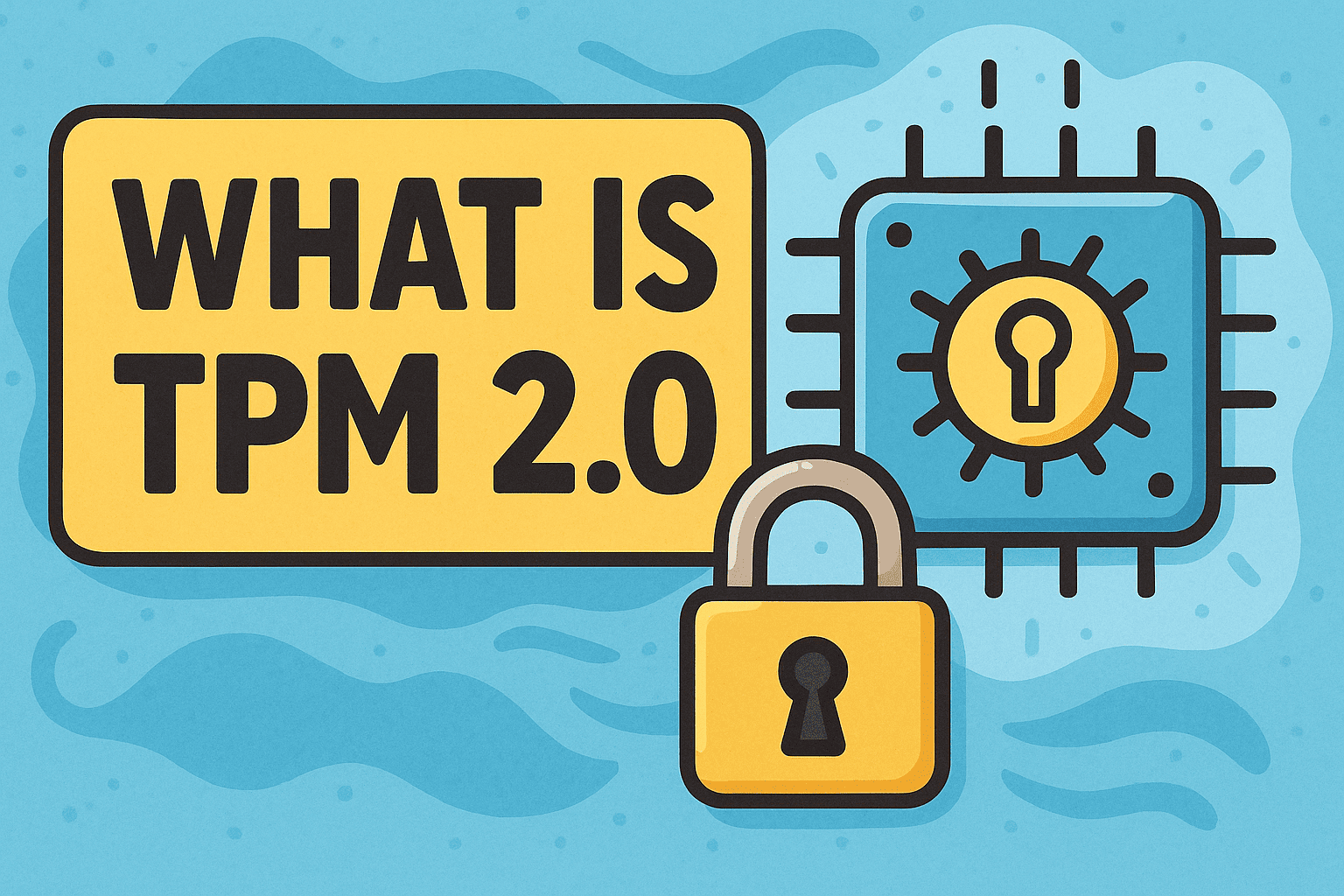
When Microsoft announced TPM 2.0 as a requirement for Windows 11, many IT managers and business leaders were left asking: What is TPM 2.0, and why is it suddenly so important?
Introduction: Why TPM 2.0 Matters Now
A Trusted Platform Module (TPM) 2.0 is a hardware-based security chip built into modern computers. It provides cryptographic functions that safeguard sensitive data, manage encryption keys, and enable secure boot. For cybersecurity professionals, CEOs, and IT managers, TPM 2.0 represents a critical layer of hardware-level security that helps prevent unauthorized access, malware, and data breaches.
What Is TPM 2.0?
TPM 2.0 (Trusted Platform Module 2.0) is a cryptoprocessor that enhances device security by securely storing encryption keys, passwords, and digital certificates. Unlike software-based security, TPM is embedded directly into a device’s motherboard or processor, making it harder for attackers to tamper with.
Key Characteristics of TPM 2.0:
-
Hardware-Based Security – Stronger than software-only protection.
-
Secure Key Storage – Safeguards encryption and authentication keys.
-
Cryptographic Operations – Supports hashing, encryption, and digital signatures.
-
Measured Boot – Validates system integrity before startup.
-
Platform Independent – Works across Windows, Linux, and enterprise systems.
👉 In short: TPM 2.0 is the guardian of trust between hardware and software.
Why Businesses Need TPM 2.0
For organizations facing rising cyber threats, TPM 2.0 is more than a technical requirement—it’s a strategic security asset.
Benefits of TPM 2.0 for Enterprises:
-
Stronger Device Security – Prevents attackers from accessing encrypted drives.
-
Secure Boot Processes – Ensures only trusted software loads during startup.
-
Compliance Support – Meets regulatory requirements like GDPR, HIPAA, and PCI DSS.
-
Credential Protection – Safeguards user authentication details.
-
Remote Work Security – Protects mobile and hybrid workforce devices.
For CEOs and IT leaders, TPM 2.0 ensures resilience, compliance, and risk reduction.
How TPM 2.0 Works
Understanding what is TPM 2.0 requires a look at how it functions in practice:
-
Key Generation & Storage – TPM generates unique cryptographic keys and stores them securely.
-
System Integrity Checks – During boot, TPM verifies that firmware and OS are trusted.
-
Credential Protection – Encrypts credentials used in authentication processes.
-
Secure Encryption – Integrates with BitLocker and other disk encryption tools.
-
Remote Attestation – Provides evidence of system integrity to external systems.
This hardware-rooted trust model makes TPM a cornerstone of endpoint security.
TPM 2.0 vs TPM 1.2
Many organizations still use older TPM versions. Here’s how they differ:
| Feature | TPM 1.2 | TPM 2.0 |
|---|---|---|
| Algorithms Supported | SHA-1, RSA | SHA-256, ECC, RSA |
| Flexibility | Limited | Highly adaptable |
| Compatibility | Basic support | Required for Windows 11 |
| Security Strength | Outdated | Stronger, modern crypto |
| Best For | Legacy systems | Modern enterprises |
👉 Verdict: TPM 2.0 is more secure and future-ready.
Security Risks Without TPM 2.0
Without TPM 2.0, businesses risk:
-
Weaker Encryption – Keys stored in software are easier to steal.
-
Boot-Time Malware – No protection against rootkits or firmware tampering.
-
Compliance Failures – Inability to meet regulatory cybersecurity standards.
-
Credential Theft – Higher risk of identity-based attacks.
-
Data Breaches – Increased vulnerability to insider and external threats.
In today’s threat landscape, lacking TPM 2.0 is a security liability.
Best Practices for Implementing TPM 2.0
Organizations can maximize TPM benefits by following these strategies:
-
Enable TPM in BIOS/UEFI – Many devices ship with TPM disabled by default.
-
Use BitLocker or Full Disk Encryption – Pair TPM with strong encryption tools.
-
Integrate with MFA – Combine TPM with multi-factor authentication.
-
Update Firmware Regularly – Patch vulnerabilities in TPM firmware.
-
Educate End Users – Train employees on secure credential handling.
TPM 2.0 in Enterprise Cybersecurity
TPM plays a role in multiple cybersecurity strategies:
-
Zero Trust Frameworks – Verifies device trustworthiness.
-
Endpoint Detection & Response (EDR) – Secures endpoints at the hardware level.
-
Identity Management – Protects authentication credentials.
-
Cloud Security – Enhances trust in hybrid and multi-cloud environments.
-
Incident Response – Prevents compromised devices from spreading threats.
The Future of TPM Technology
Looking forward, TPM will evolve alongside AI and quantum computing:
-
Post-Quantum Algorithms – Stronger resistance to future decryption methods.
-
Cloud-Based TPMs (vTPM) – Virtual TPMs for cloud and VM environments.
-
Deeper OS Integration – More applications relying on TPM for secure access.
-
IoT Security – Expanding TPM into connected devices and critical infrastructure.
For IT managers, embracing TPM now sets the stage for future-proof security.
FAQs: What Is TPM 2.0?
1. What does TPM stand for?
TPM stands for Trusted Platform Module, a hardware security chip.
2. Why is TPM 2.0 required for Windows 11?
Microsoft requires TPM 2.0 for improved security against malware and firmware attacks.
3. Can I upgrade from TPM 1.2 to TPM 2.0?
Some devices support firmware upgrades; others may need new hardware.
4. Is TPM 2.0 only for Windows?
No, TPM 2.0 also supports Linux and enterprise applications.
5. Can TPM 2.0 be hacked?
While no system is perfect, TPM 2.0 significantly raises the difficulty for attackers compared to software-only solutions.
Conclusion: Why TPM 2.0 Is Essential
So, what is TPM 2.0? It’s a hardware security foundation that safeguards encryption keys, verifies system integrity, and protects against sophisticated cyber threats. For businesses, TPM 2.0 is not just a Windows 11 requirement—it’s a critical investment in security, compliance, and trust.
Organizations that fail to adopt TPM 2.0 risk falling behind in cybersecurity readiness, while those that embrace it will be better prepared for today’s and tomorrow’s threats.
👉 Strengthen your organization’s security posture today: Request a Demo


